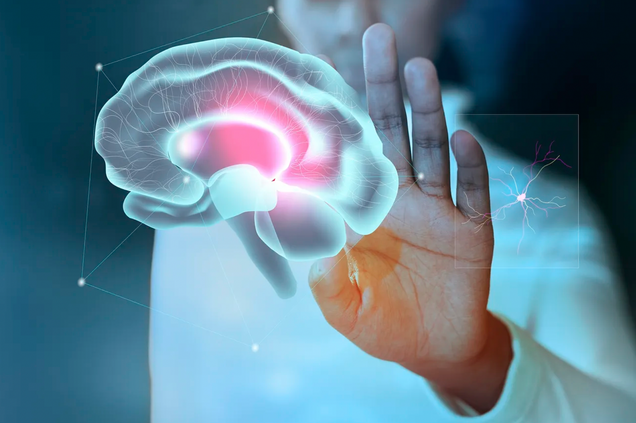Spotlight Research: Neuroimaging in the Everyday World

BU Researchers Blend Disciplines to Create Technology for Neuroimaging in the Everyday World.
The human brain is a complex system that is incredibly important to study in order to further our understanding of neurological functions, behaviors, and disorders. However, current technology limits our ability to capture data and images of the brain in the everyday world. That is why researchers across disciplines at Boston University including Dr. Swathi Kiran, Dr. David Boas, Dr. Meryem Yucel, Dr. David Somers, and others are combining their efforts to improve neuroimaging in the everyday world to continuously track human brain function and behavior in real-time to further understand how a healthy brain works and how and when failures in simple human actions occur.
The technology is possible with the help of a variety of techniques. One of which is Functional near-infrared spectroscopy (fNIRS), a non-invasive brain imaging technique that measures blood oxygenation changes based upon the changes in absorption of light emitted by sources onto the surface of the head measured by special sensors. This can be used to view changes in blood flow as responses to brain activity. Electroencephalography (EEG) is another common technique that reveals brain activity, as it is used to measure fast electrical responses from neurons which can be observed to help evaluate brain disorders. Researchers at BU are working together to create a wearable system that integrates fNIRS, EEG, and eye tracking so that we can observe brain activity in naturalistic environments. A wearable system could help study the brain during social interactions, outdoor activities, and reactions to other stimuli, which could also create more efficient monitoring of patients with neurological disorders or provide insight into normal or abnormal brain development.
A variety of challenges come with creating wearable neuroimaging technology, present technology requires individuals to remain in a fixed position when their brain is captured because movement can create distortions or artifacts in the images. Modern data science innovations could help remedy this issue, however, as scientists can use algorithms to sort data and remove interferences. This provides neuroscientists with a workable dataset that they can analyze and manipulate in order to determine trends that could provide insight into specific brain functions related to actions or behaviors.
There is so much more to learn and understand about our brain, and doing so could help us find better treatment options for people with neurological disorders, help diagnose them earlier, or maybe even prevent them.
To learn more about the scope and applications of this project, see the full article Neuroimaging in the Everyday World on the Neurophotonics website.